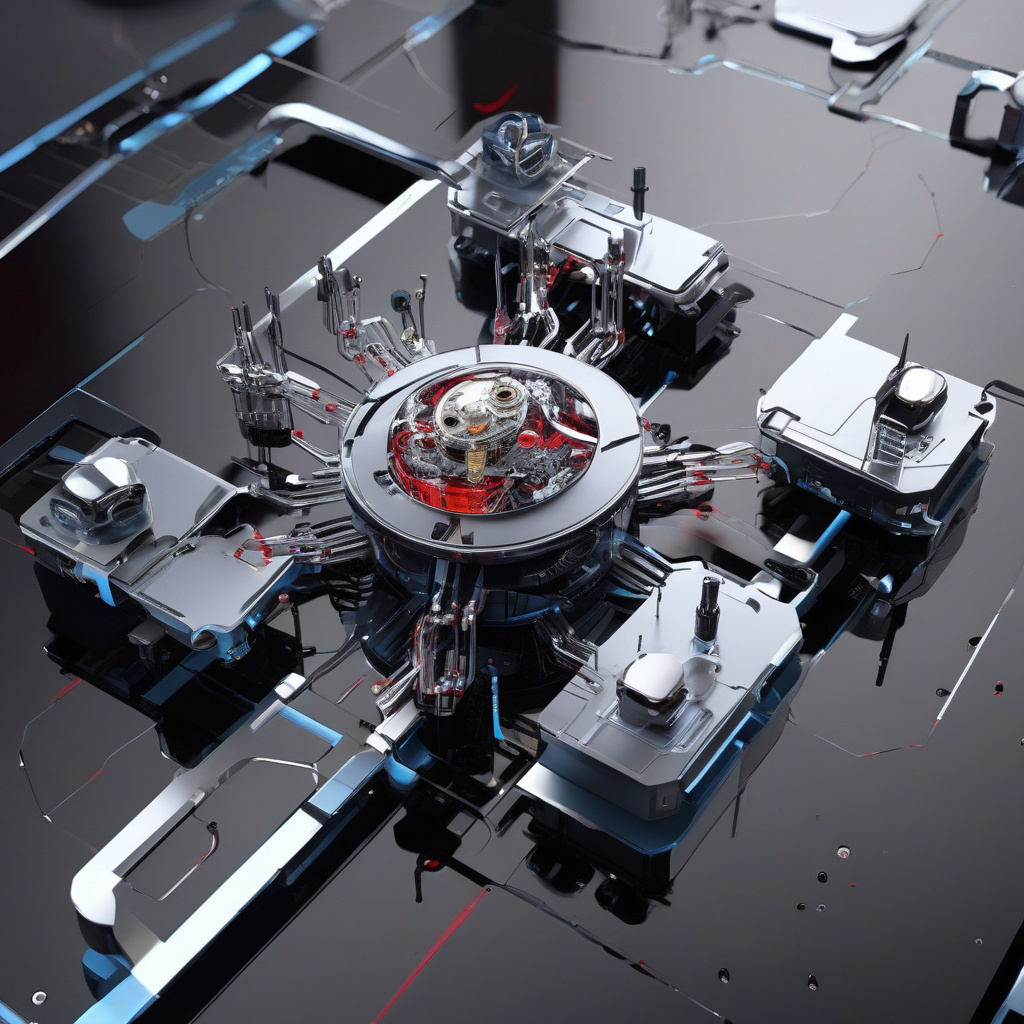China’s Microrobot Revolutionizes Droplet Control with Magnets
Researchers from China have created an advanced microrobot to manipulate tiny liquid droplets using magnetic fields, achieving unprecedented levels of speed and precision in the process. This groundbreaking innovation opens up a plethora of possibilities in various fields, from healthcare to electronics, where the precise handling of minuscule droplets is crucial.
The microrobot, developed by a team of researchers led by Professor Zhang Wei at the Chinese University of Hong Kong, represents a significant leap forward in microscale manipulation technology. By harnessing the power of magnets, the microrobot can precisely control the movement and positioning of droplets with remarkable accuracy and efficiency.
One of the key advantages of this microrobot is its speed. Traditional methods of manipulating droplets on a microscale often rely on manual techniques or complex machinery, which can be time-consuming and prone to errors. In contrast, the magnetic control system developed by the Chinese researchers allows for rapid and dynamic manipulation of droplets, enabling tasks to be completed in a fraction of the time previously required.
The precision of the microrobot is equally impressive. With the ability to exert fine control over the movement of droplets down to the nanometer scale, researchers can now perform intricate experiments and procedures with a level of accuracy that was previously unattainable. This level of precision is essential in fields such as microfluidics, where the behavior of tiny droplets can have a significant impact on the outcome of experiments.
The applications of this microrobot are wide-ranging and diverse. In the field of healthcare, the ability to precisely control the movement of droplets could revolutionize drug delivery systems, allowing for more targeted and effective treatments. In electronics manufacturing, the microrobot could be used to precisely place droplets of conductive materials, enabling the creation of smaller and more efficient devices.
Furthermore, the microrobot’s magnetic control system is not limited to liquid droplets. It can also be adapted to manipulate solid particles, opening up even more possibilities for its use in various industries. This versatility makes the microrobot a valuable tool for researchers and engineers seeking innovative solutions to complex problems.
The development of China’s microrobot marks a significant advancement in the field of microscale manipulation technology. By harnessing the power of magnets to control droplets with unmatched speed and precision, researchers have paved the way for new possibilities in a wide range of industries. As this technology continues to evolve, we can expect to see even more groundbreaking applications that push the boundaries of what is possible on a microscale.
In conclusion, China’s microrobot represents a remarkable achievement in the field of microscale manipulation. With its ability to control droplets with unprecedented speed and precision, this technology has the potential to revolutionize industries ranging from healthcare to electronics. As researchers further explore the capabilities of this innovative tool, we can look forward to a future where microscale manipulation reaches new heights of sophistication and efficiency.
microrobot, China, droplets, magnets, precision












